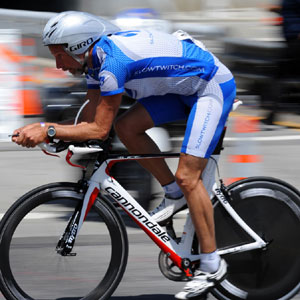
The final Slice
As many Slowtwitchers know, I and the Slice I rode in the Tour of California time trial did not deliver each other safely to the finish line. Nevertheless, I did promise readers a recap of that Slice.
by Dan Empfield, June 1, 2010
As many Slowtwitchers know, I and the Slice I rode in the Tour of California time trial did not deliver each other safely to the finish line. Nevertheless, I did promise readers a recap of that Slice.
by Dan Empfield, June 1, 2010
As the late senator Moynihan put it, “Everyone is entitled to his own opinions, but not his own math.” Okay, he said facts, not math, but the idea is the same. But now on to that Cannondale Slice.
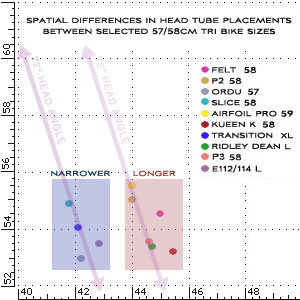
When you get to the 58cm size, tri bikes diverge geometrically. Why? Because they can. The height of these bikes is similar, one to the next. But in reach, there’s more of a divergence.
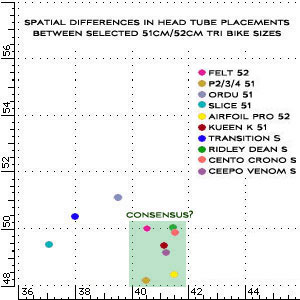
At about 51cm or 52cm you enter a size range where just about everybody’s bikes are built with 700c wheels. Here, there’s a convergence of geometry, but a divergence in handling.
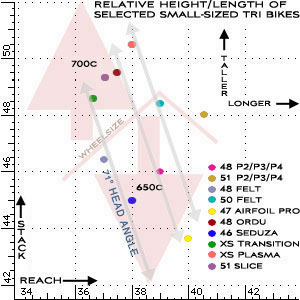
Are you 5’6″ or shorter, or have an interest in one who is? Here is an assortment of small tri bikes, and where they fall along the geometric gradient of long, short, tall and narrow.
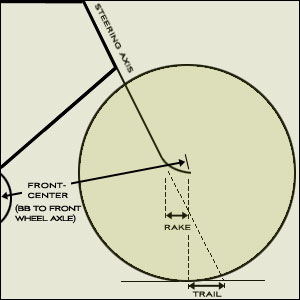
What is important? What ought to matter? The answers depend on who you are and what are you’re trying to achieve. You are a tri bike’s designer, for the purpose here; good steering geometry the goal.
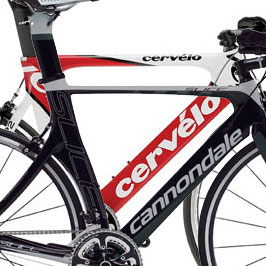
In about a month, I’ll have two bikes in my garage: a P3 and a Slice. The P3 was an output, that is, it was the result of a process. The Slice was an input: It commenced a process. Confused? Let me explain.
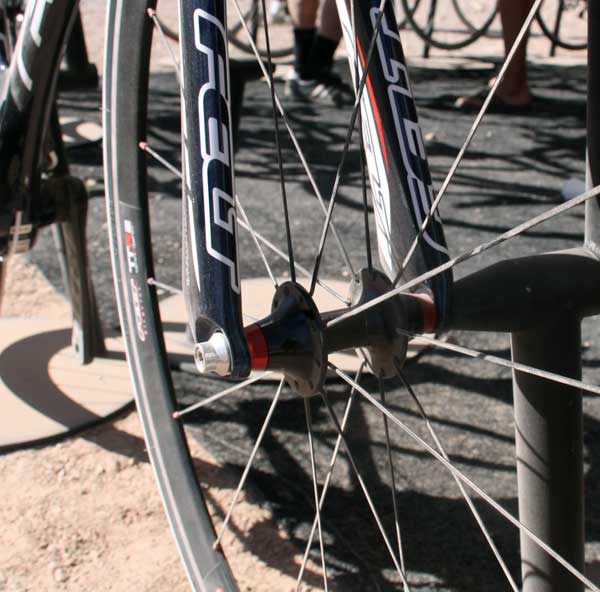
Even if old ideas fade away, if they have value, they’ll kick around and reappear. So it is with “empty space” between a bicycle’s fork and its wheel.
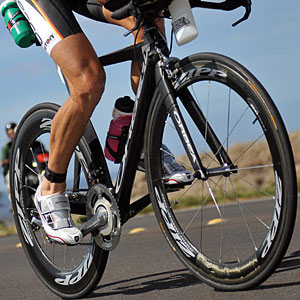
This, a companion to “What’s in a tire,” describes the difference between butyl and latex tubes, and also the calculus of tire pressure, and how to choose the right pressure for a race course.

Chrissie Wellington rides hard. Very hard. And very fast. But does her position fall in line with what we teach and preach at Slowtwitch U, or is she an outlier bucking the trend?
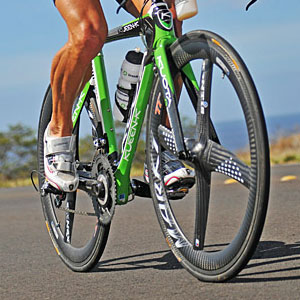
Let it never be said that Slowtwitch doesn’t tell you where the rubber meets the road. We deconstruct the tire and explain what conspires to give you good flat protection and low rolling resistance.
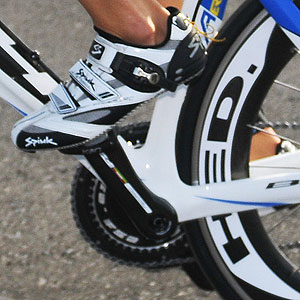
The question is more common among road riders than triathletes, but is probably more impactful on the latter group: what crank length should you ride? The answer is counterintuitive; probably the opposite of what you think.
About a week a go Normann Stadler went to the Retul studio in Boulder, CO to get accurately fitted on his Scott Plasma 2. Bike fit is a crucial thing and even fast guys like Stadler may have space to refine their setup.